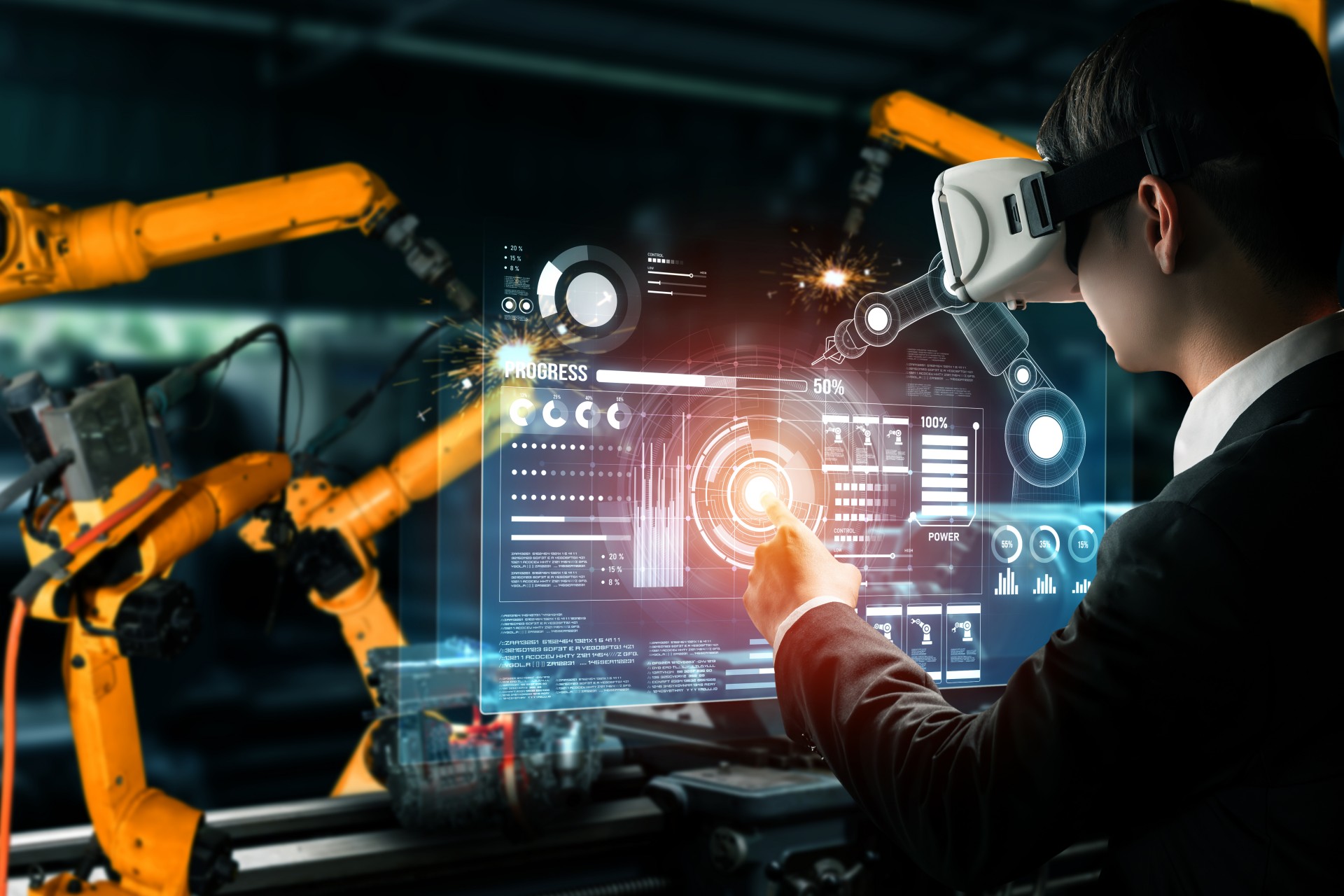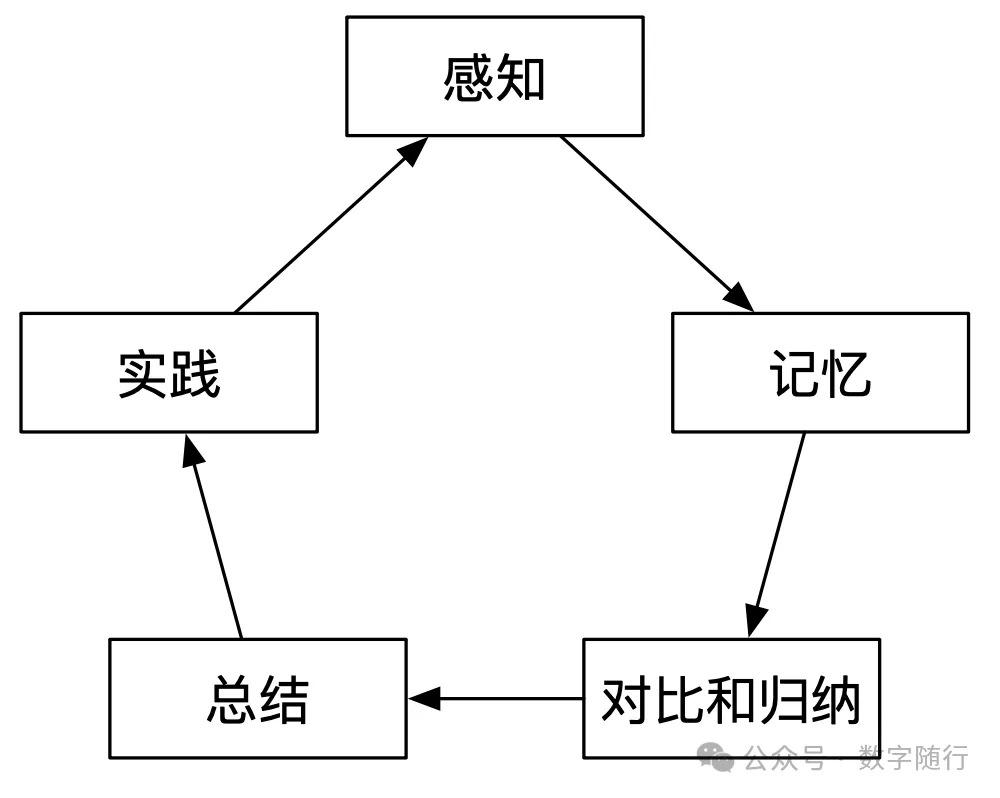
In the article "Understanding Artificial Intelligence (AI) in One Article" we introduced the complex problems that AI can solve. These problems cannot be solved by fixed rules and require machines to make final judgments based on comparative evaluations based on past examples. Machines need to imitate humans in learning things.

The human learning process can be divided into the following stages: perception, memory, comparison and induction, summary and practice.
Perception: Obtain information from the outside world through your own senses (vision, hearing, touch, taste and smell), observe and experience the surrounding environment and what is happening. In addition to personal experience, in order to obtain information more efficiently, people listen to stories, read books and watch videos to understand what happened in the past.
Memory: When we obtain new information, we will remember the information we need to use in the future in our brain, and discard the information we think is unnecessary.
Comparison and induction: The best way for people to understand new information is to compare it with the information in their own memory. Understand new information and classify different information by comparing its similarities and differences.
Summary: People integrate individual pieces of information together and deduce the connections and patterns between the information. Build a network of information to help understand the causes and consequences of things.
Practice: The meaning of learning is to apply the acquired knowledge to real life. Verify the applicability and correctness of knowledge during problem solving. During the verification process, a new round of perception process has entered.
 Schematic diagram of the learning process
Schematic diagram of the learning process
In these five steps, memory is what computers are best at, and natural and humanistic data perception is A process that requires a lot of manpower, data indicators that can be detected by instruments can be automatically collected for data collection. The comparison and induction in the third step and the summary in the fourth step are part of the algorithm implementation. The biggest difference between machine learning programs and ordinary programs is the practical part. After the ordinary software program outputs the results, the entire process is completed. But the machine learning program can score each result, and the algorithm can then adjust the result of the operation based on the score.
Since the machine needs feedback from the running results to learn, the development process of machine learning algorithms includes two stages: algorithm writing and learning. The machine learning phase is also called the training phase, where known data is used for learning and validation. The results of each training session are evaluated and the algorithm is adjusted. This learning process is divided into two types: supervised learning and unsupervised learning.
Supervised learning is suitable for problems to be solved with clear expectations, and it is hoped that the machine can predict similar problems that will arise in the future. The training data of supervised learning must appear in pairs, including the feature information of the program input and the result information of the program output. During supervised learning training, the training set is randomly divided into two parts: one part is used to train the program, and the other part is used to verify whether the processing results of the algorithm meet expectations.
Unsupervised learning is used to explore the relationships and patterns between data, and obtain the results of a certain problem. The training data of unsupervised learning only has the feature information input by the program, and the entire data is used for learning during training. The training results obtained by unsupervised learning cannot be verified with the training set and need to be evaluated separately before adjusting the algorithm.
The process of machine learning imitates the process of human learning. In the process of understanding machine learning, we are only learning an IT knowledge. We can also reflect on how to optimize our own learning process.
The above is the detailed content of Learn how artificial intelligence enables machines to learn in one article?. For more information, please follow other related articles on the PHP Chinese website!
 Application of artificial intelligence in life
Application of artificial intelligence in life
 What is the basic concept of artificial intelligence
What is the basic concept of artificial intelligence
 What is phased array radar
What is phased array radar
 How to learn python programming from scratch
How to learn python programming from scratch
 Excel table slash divided into two
Excel table slash divided into two
 Is wifi signal amplifier useful?
Is wifi signal amplifier useful?
 Server attack defense methods
Server attack defense methods
 The difference between php and js
The difference between php and js




